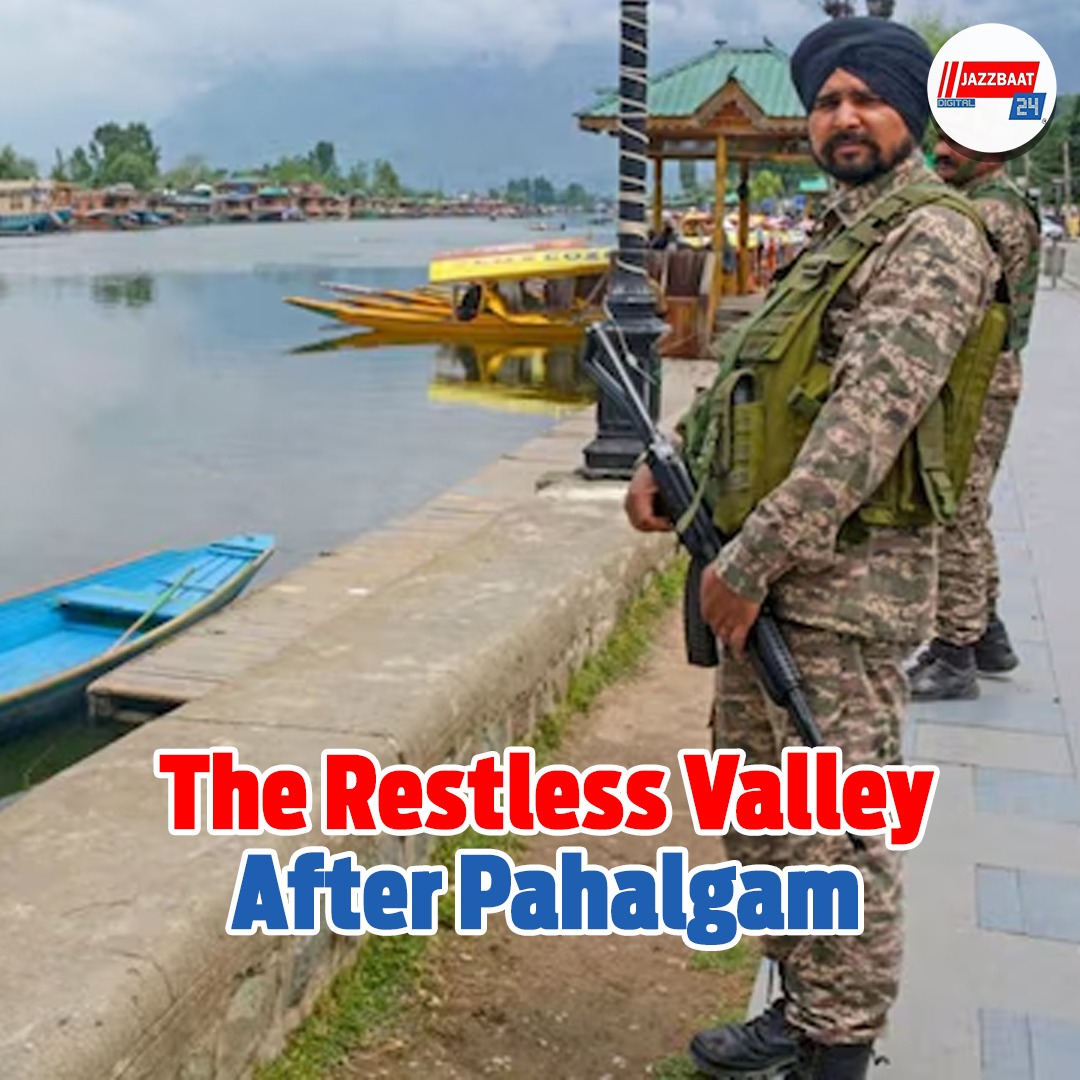
Thirteen days have passed since the Pahalgam attack, but the shadow of panic has not yet lifted from the public life of the Kashmir Valley. The movement of security force convoys on the highway has become a daily sight, but the presence of every new vehicle and uniformed force members in border areas like Uri, Baramulla, and Kupwara is creating uncertainty and unknown fear in the minds of the locals.
Emergency drills are underway in border schools in Uri and Arnia. Students are being taught how to protect themselves during a military clash. Since April 25, Pakistan's continuous ceasefire violations have left people on the border terrified. Such preparations, such an atmosphere of war-like preparedness is completely new to the new generation - so they are being repeatedly explained the rules and precautions for using community bunkers.
The BSF is on a long-term patrol across the snow-covered area, keeping an eye on possible infiltration routes through the snow-damaged fences. The activities of organizations like Lashkar-e-Taiba and Jaish-e-Mohammed have to be monitored with utmost caution. Intelligence sources say that Hashim Musa, the main accused in the Pahalgam attack, is a Pakistani-trained para-commando—this information further highlights the scale of the challenge facing the Indian Army.
The tourism picture is also very disappointing. Tourism in the valley has dropped by up to 90 percent. There are now more NIA officials than tourists in Pahalgam. Popular places like Chandanwari, Aru, Betab Valley are closed. Although the pony drivers and tourist guides in Sonmarg all say in unison—“Kashmir is safe,” but behind their words, a muffled message of administrative caution can be heard—the army and tourist police are now spread everywhere.
Joint patrols, mobile bunkers, check points and drone surveillance are now everywhere from Sonmarg to Gulmarg. Search operations are being carried out simultaneously in the centre, south and north of the territory, because the attackers are not confined to one place – they are changing places rapidly.
The shadow of the attack on six labourers and a doctor in the Sonmarg tunnel last year still looms large. The Pahalgam incident also happened with the same tactic – targeting non-locals, where security is slow to arrive.
The investigation into the Pahalgam attack has repeatedly brought up the same names – Hashim Musa, Ali Bhai and Adil Thokar. A search operation is underway in 10 districts to trace their movements. The operation is expanding beyond Pir Panjal. The only question on the nation’s mind now is – what is India’s next step after this incident?
The two-pronged policy is clear – on the one hand, arresting the attackers, and on the other, international and diplomatic action against their masterminds sitting in Pakistan. But on the evening before the thirteenth day of action of the martyrs of Pahalgam, the entire country, including their families, is waiting—not for revenge, but for justice.